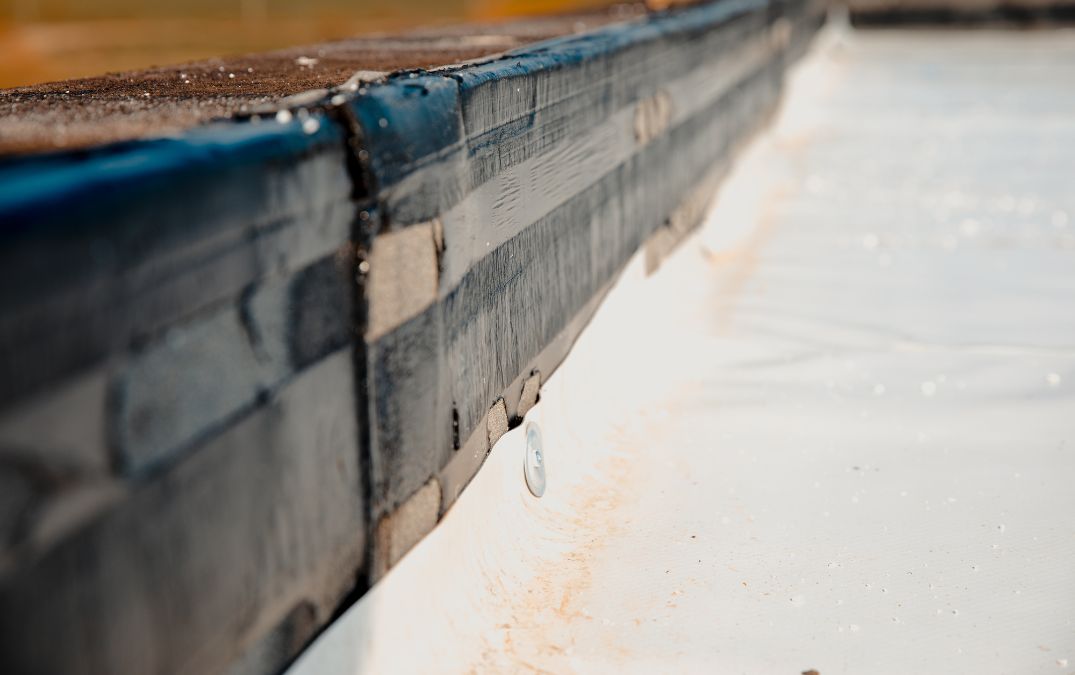Preventing and addressing hardwood floor warping and buckling
Warping and buckling are two of the most common problems that can affect hardwood floors, especially when they're installed over concrete slabs. These issues occur when the wood absorbs too much moisture and expands, causing it to lift or distort. Prevention starts with proper moisture management. Ensuring that your concrete slab is completely dry before installation is essential. Use a moisture meter to check the moisture levels of the slab; if they're too high, allow the slab to dry out thoroughly or use a moisture barrier to prevent moisture from seeping into the wood. This barrier can be a layer of plastic sheeting or a specialised underlayment designed for this purpose.
Acclimating your hardwood flooring before installation is another key preventive step. Store the wood in the room where it will be installed for several days to allow it to adjust to the local humidity and temperature. This helps minimise the risk of the wood expanding or contracting excessively after it has been laid.
Finally, during installation, you have to leave an expansion gap around the perimeter of the room. This gap allows the wood to expand and contract with changes in humidity without pressing against the walls and causing buckling. Cover the gap with baseboards or trim to maintain a clean look while providing the necessary space for movement.

